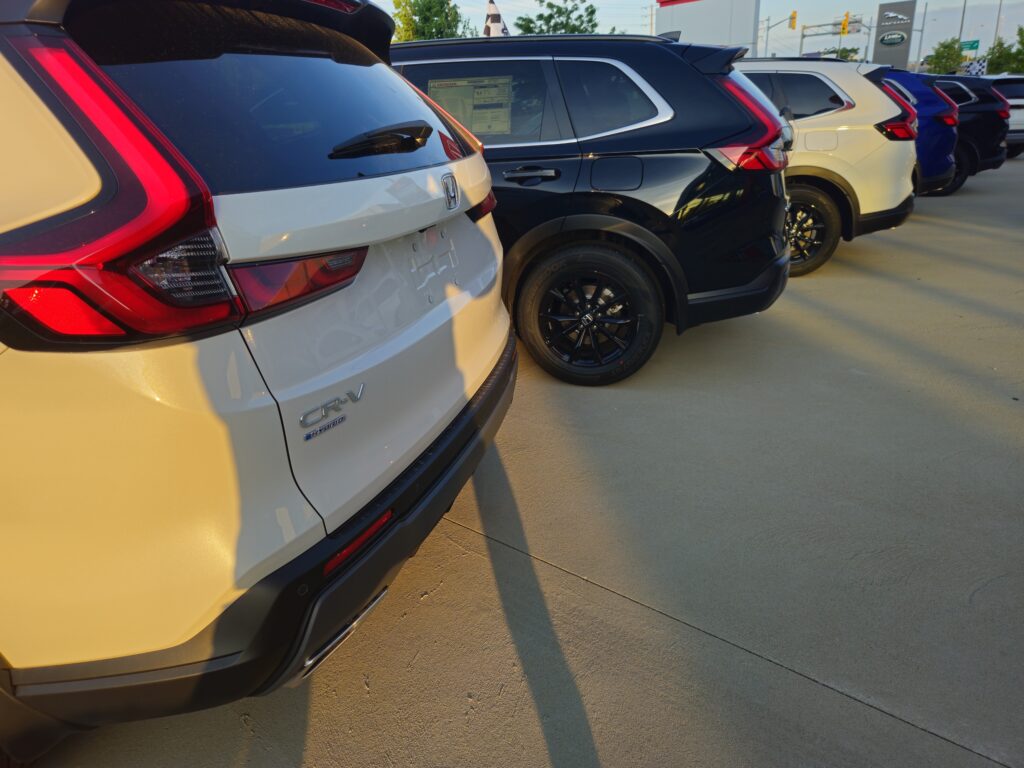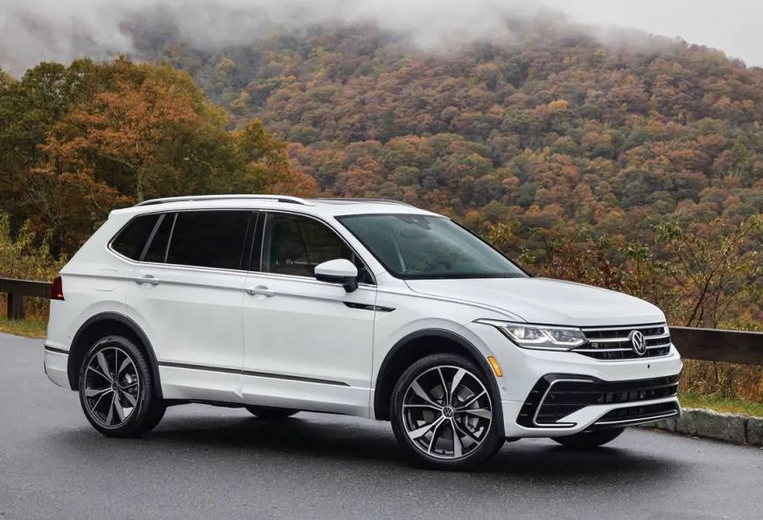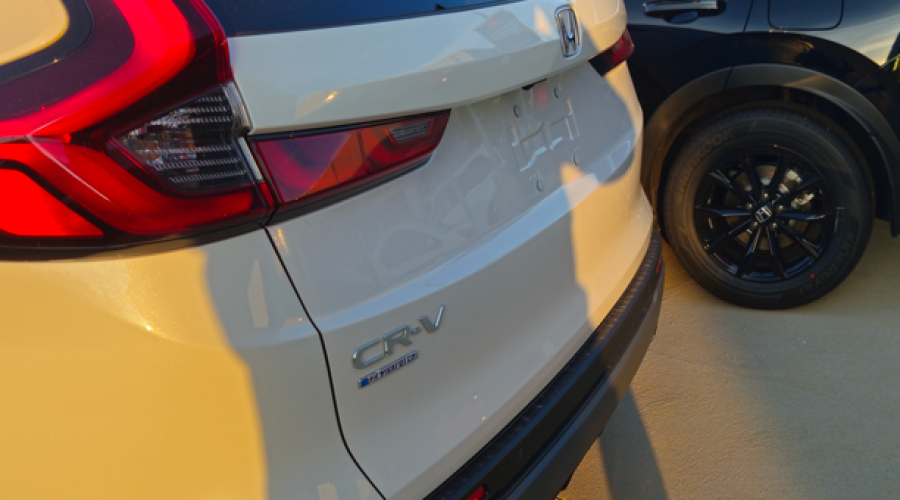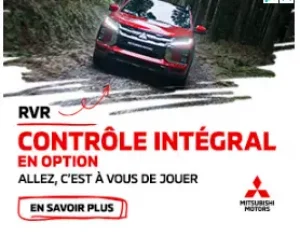So, you are ready for a new vehicle. Great! But where to start?
Here are some questions to consider for a clear understanding of the basics and differences that will help save you both time and money.
The number one thing you must ask yourself when buying a vehicle is “What are you going to use it for?” The second most important question, which many believe should be the first is, “How are you going to pay for it?”
Let’s save that for another time.
What are you going to do long term with that vehicle? Do you have mobility issues? Are you planning to have more children? Do you have a pet as a passenger (dog hair is an ongoing issue in my car)? Is it a passenger vehicle for scooting around town as a grocery getter? Is your daily commute a longer commitment? Do you plan to use the vehicle for long-distance trips during holidays? Do you need more cargo space? Are you going to be towing anything or hauling around gear? My husband’s truck was vital for dump runs during our home renovation.

Think about what you are going to use this vehicle for daily and that will help you to determine which features you need inside the vehicle for your comfort.
Someone who drives a car 10-15 minutes each way in the city every day probably doesn’t need as many features compared to someone such as me who drives a lot and often travels long distances.

Most vehicles come with a standard suite of safety features. The two safety features that I love the most are lane keep assist and auto high beam headlamps. I love the lane keep assist because it reads the lines of the road and keeps my vehicle stationary within those lines with a camera system. That reduces my arm tension on the steering wheel. I’m a commuter who lives in rural Southwestern Ontario, and the lane keep assist feature reduces the amount of grip strength that I need to use to hold my vehicle on the road for longer periods time. The same with the auto high beam feature. While on my county roads during a commute, it does the work of turning my high beams on and off as other vehicles approach. You normally can’t buy those add-ons, so it’s best to do some homework.
Consider also the trim levels (the equipment or special features for a particular model). For example when I bought a Lexus, I wanted a car that had Navigation built into the car. Ten years ago there was no such as Apple Car Play or Android Auto. Today if you buy a vehicle that does not have Navigation built into it, most people use their smartphone to project the apps of Waze or Google Maps onto their media screen to use for maps and directions.
You may not need the top tier package because of the advances in technology. You could move into a lower trim level if you are price conscious.
Most vehicles now have dedicated apps for your smartphone as well, allowing you a free trial for remote start, and many other safety and convenience options.
Different trim levels of the same vehicle will have different options, so it’s best to examine the levels and their costs to determine what you need and what is in your budget.
I always recommend you test drive several brands and styles of vehicle before deciding. I have had a two-door coupe, a minivan, an SUV and a convertible at different times in my life to suit what I needed at the time.
Until next time, drive safe.
The Car Lady.
Christine Mitchell, owner and principal of The Car Lady, spent many years in the automotive industry as a technician, service advisor and salesperson. In 2001, she put her knowledge and experience together to start The Car Lady brand. She has driven hundreds of thousands of kilometres to help dealerships across Canada build customer relationships that increase both customer retention and customer satisfaction.







